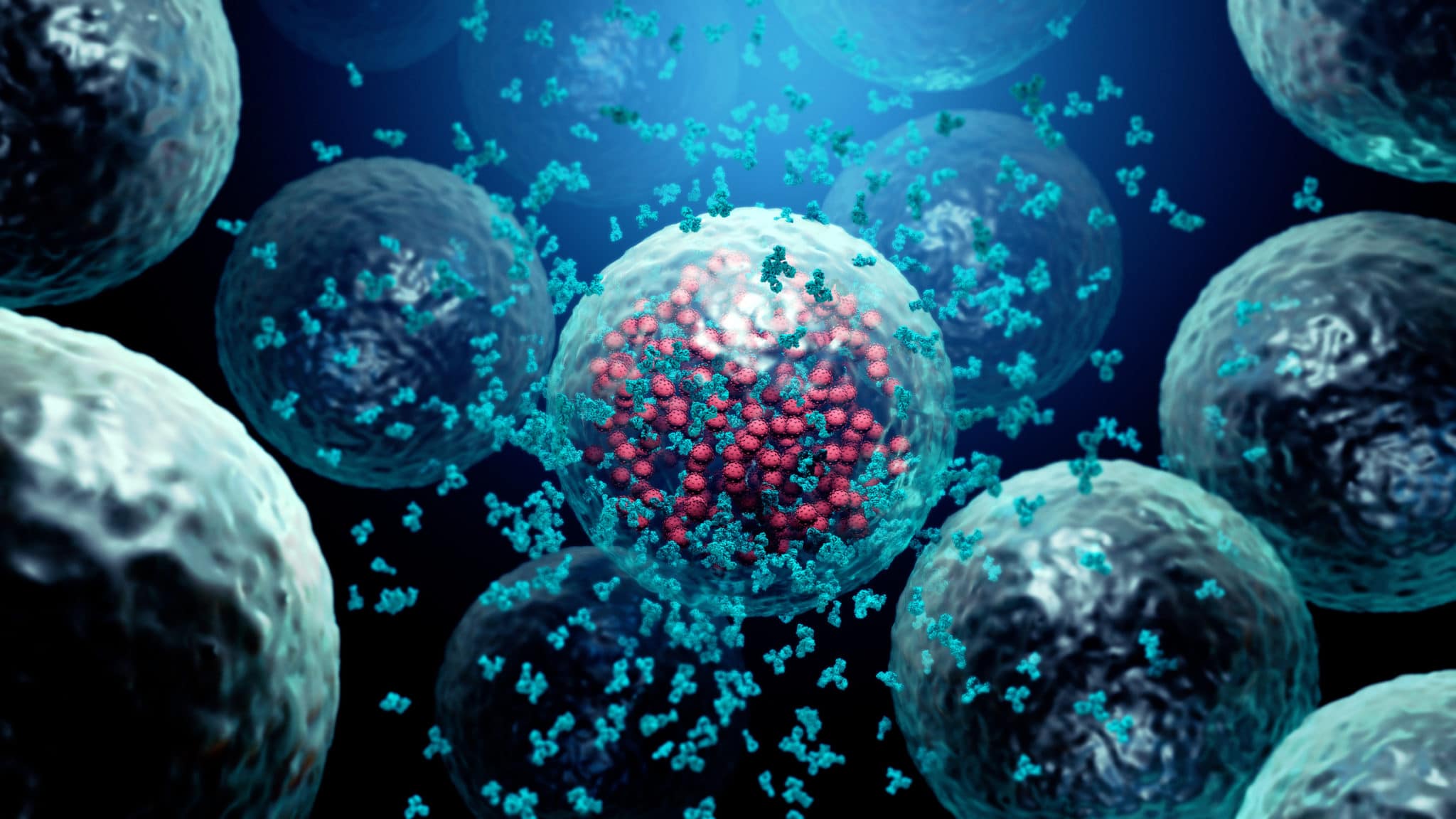Function and Importance of CTCs
Updated on May 19, 2025 Share
Circulating Tumor Cells
When a tumor is present in the human body, cells naturally eliminate in the beginning stages of formation and growth. These residual fragments in the bloodstream are called circulating tumor cells (CTCs).
CTCs are highly valued in the medical research community because they can alert doctors to the presence of a tumor before imaging. By working backwards, scientists can use CTCs to identify the approximate size and location of a primary mass to begin early treatment.
CTC Separation
CTC separation is the process of isolating CTCs from residual blood cells. Red blood cells (RBCs), white blood cells (WBCs), and other substances can all have a negative effect on the clarity of downstream experimental results.
To properly study CTCs they must be isolated and purified. This process of isolation and purification is called CTC Enrichment.
Uses for CTC Separation
The main research field for CTC separation is the detection of tumor cells in their stage of circulation through the body. CTC separation plays an important role assisting oncologists in early cancer diagnoses because the cells can be detected before any imaging will show signs of a tumor. CTC separation can also help doctors determine what specific type of treatment a patient should receive for the cancer they have; this targeting method makes treatment more individualized and effective.
Other benefits include the ability to study how cancer spreads and metastasizes, how different cancers affect the body, and how to identify the threat level of a tumor from the bloodstream. This means CTC separation has the great opportunity to positively influence patient treatment and outcome.
There are multiple ways to go about eliminating this contamination and ensuring the most enriched sample possible.
CTC Process
The most common approach for CTC separation is the use of antibodies to target the tumor cells’ surface antigens. The immune system has major histocompatibility complex (MHC) molecules that can identify unknown cells and bind peptide chains to them so they may be deleted by other cells. It’s important to understand the difference between self-antigens vs. non-self antigens when dealing with the MHC. This process can be artificially replicated to discriminate between CTCs and other cells.
However, this can be difficult because CTCs show various levels of epithelial markers, and different antigens may form on similar cells. This makes them harder to retrieve or mark with antibodies. They also run a risk of being destroyed by the immune system before they’re extracted.
Blood filtration and gradient centrifugation are used in the process of CTC when attempting to separate by size or density. Filtration shows high separation efficiency with high accessibility to automation, but can become inaccurate due to cell accumulation and unwanted cells squeezing through filters. Density gradient centrifugation helps to group CTCs, but still leaves them heavily contaminated by RBCs.
These methods are often supplemented by the use of other sorting and isolation agents such as microfluidics, lysis, or Ficoll.
Limitations
CTCs are not highly saturated through blood samples. The rarity of these cells makes them extremely difficult to isolate. Many of the current methods struggle to purify the sample without extra steps. Even when cleaned with a combination of density gradient and microfluidics a sample can still contain over 90% RBCs.
These RBCs take up space that would normally be filled with more CTCs when sorting; they also make it difficult to culture rare cells because of the physical space they take up. The presence of these cells contaminate samples of enriched CTCs and make it harder to secure results for downstream applications.
Microbubbles
A more recent strategy to isolate CTCs from RBCs comes in the form of depletion microbubbles from Akadeum Life Sciences. Microbubble technology can remove up to 99% of RBCs in less than 10 minutes start-to-finish. By binding to the surface markers identified by specific antigens in the bubbles, the removal of RBCs, platelets, and other unwanted cells becomes quick and simple.

Check out Akadeum’s Microbubble Technology today
Akadeum has your needs covered for cell separation and isolation. If you are searching for a way to improve the quality and viability of sorted cells while dramatically saving time and reducing costs, look no further than Akadeum’s buoyancy-activated microbubble technology.
Contact us with questions, and try our microbubble-based cell isolation kits today.



